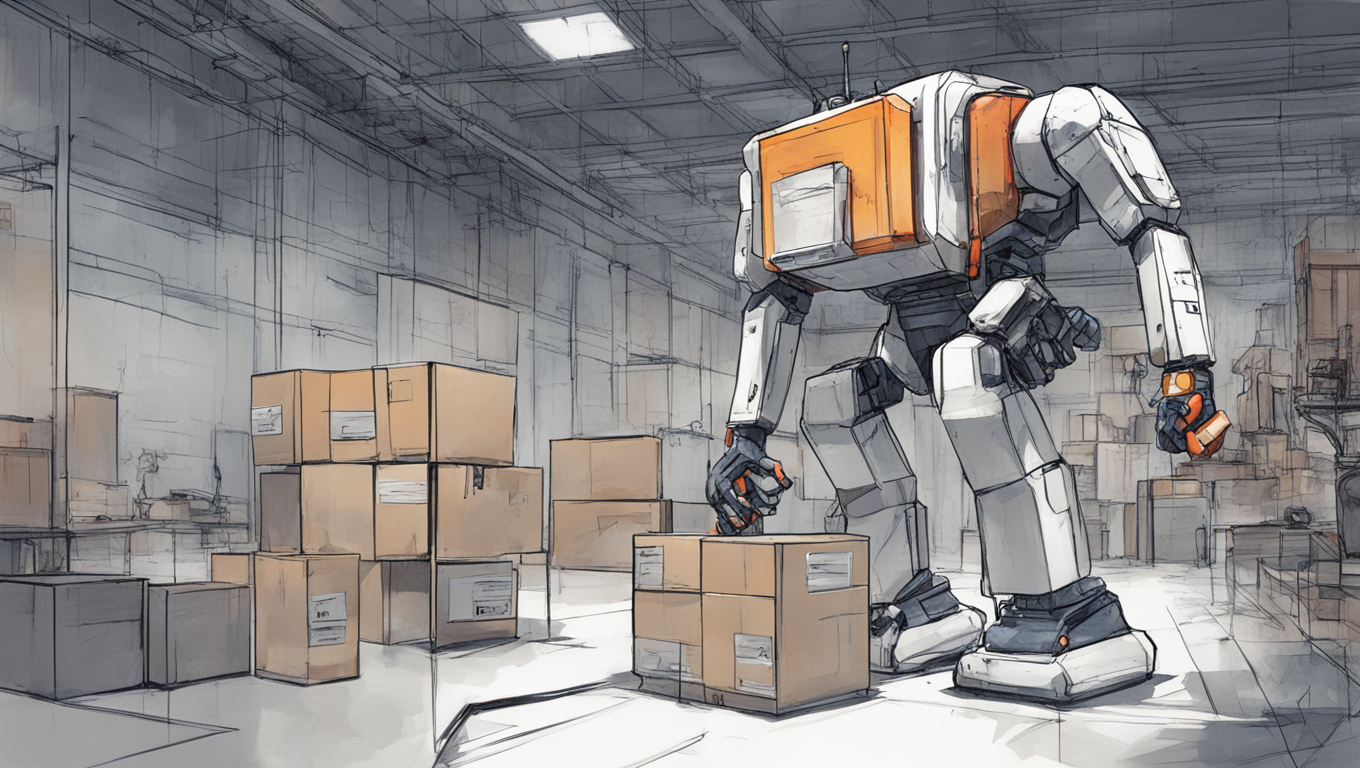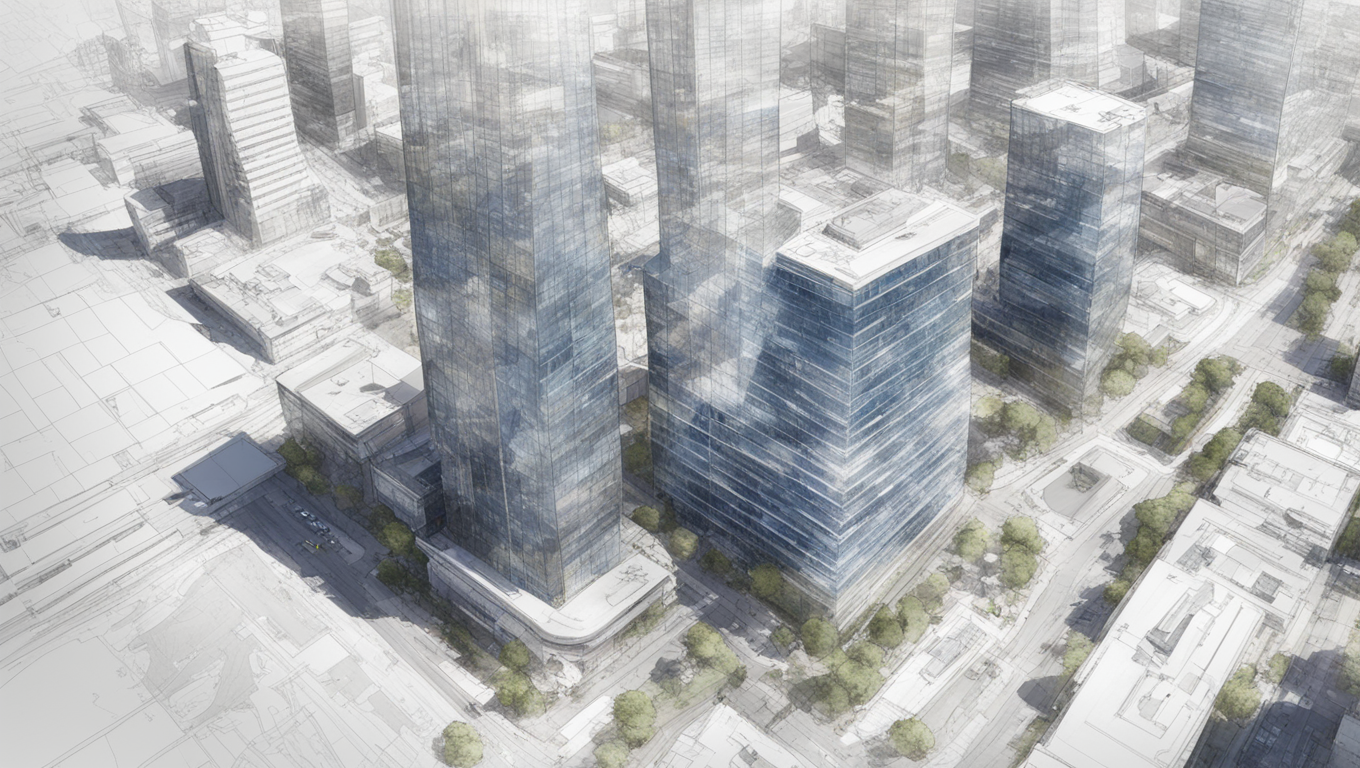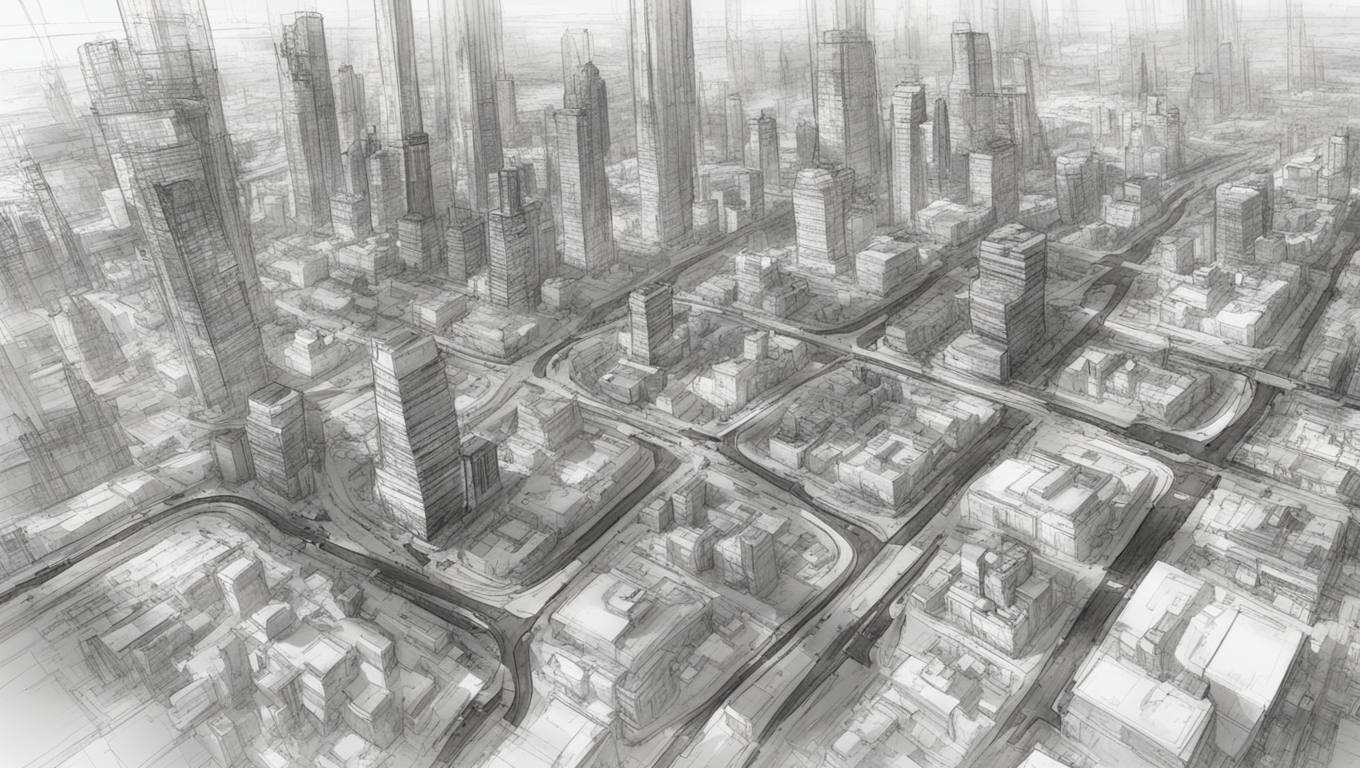Incredible advancements in artificial intelligence (AI) have revolutionized various industries, from chatbots to image generators. However, a groundbreaking development by a startup called Covariant is taking AI to new heights by enabling robots to navigate and interact with the physical world. Founded by three former researchers from OpenAI, Covariant is reimagining AI technology to enable robots to pick up, move, and sort items in warehouses and distribution centers.
Headquartered in Emeryville, California, Covariant is leveraging the technology development methods honed by chatbots to create a truly comprehensive AI system for robots. The aim is to equip robots with the ability to understand their surroundings and make autonomous decisions based on that understanding. In addition, Covariant’s AI technology provides robots with a broad understanding of the English language, enabling people to communicate with them just as they would with a chatbot like ChatGPT.
The potential of such a breakthrough is immense. By bridging the gap between humans and robots, Covariant’s AI technology opens up endless possibilities for collaboration and productivity in various industries. Training robots to navigate the physical world with ease and efficiency will not only streamline warehouse operations but also enable human workers to focus on more complex and higher-value tasks.
CEO of Covariant, Mujin Park, emphasizes the significance of this development, stating, “We believe that by combining language and physical exploration abilities, we can build more general-purpose robots that can handle complex tasks and coexist with human operators.” This sentiment highlights the potential impact Covariant’s AI technology could have on industries where collaboration between robots and humans is essential.
One of the key factors that sets Covariant apart is its unique approach to AI training. Rather than relying on predefined rules or models, Covariant’s robots learn through trial and error, interacting with their environments and using the feedback to improve their performance. This approach, known as reinforcement learning, allows the robots to adapt and learn from their experiences, ultimately leading to more intelligent and capable machines.
Matt Johnson-Roberson, one of Covariant’s co-founders, explains, “We try to engineer as little as possible and try to learn everything from data. The goal is to reduce the amount of human engineering.”
Covariant’s groundbreaking technology has already attracted significant attention and investment. In 2019, Covariant raised $40 million in its initial funding round, backed by prominent investors such as Bill Gates and Peter Thiel. Since then, the company has continued to make significant strides in advancing its AI technology for physical world navigation.
As we look to the future, the impact of Covariant’s breakthrough cannot be underestimated. The fusion of language comprehension and physical exploration abilities in robots has the potential to transform industries, making robots more versatile and adaptable than ever before. With Covariant leading the charge, the era of robots seamlessly operating alongside humans is no longer a distant dream but an achievable reality.
In the words of Covariant’s CEO, Mujin Park, “We believe that combining language with physicality is going to be transformative.” And indeed, this transformative potential could unlock a world where robots and humans work hand in hand, revolutionizing industries and pushing the boundaries of what we thought possible.





Use the share button below if you liked it.